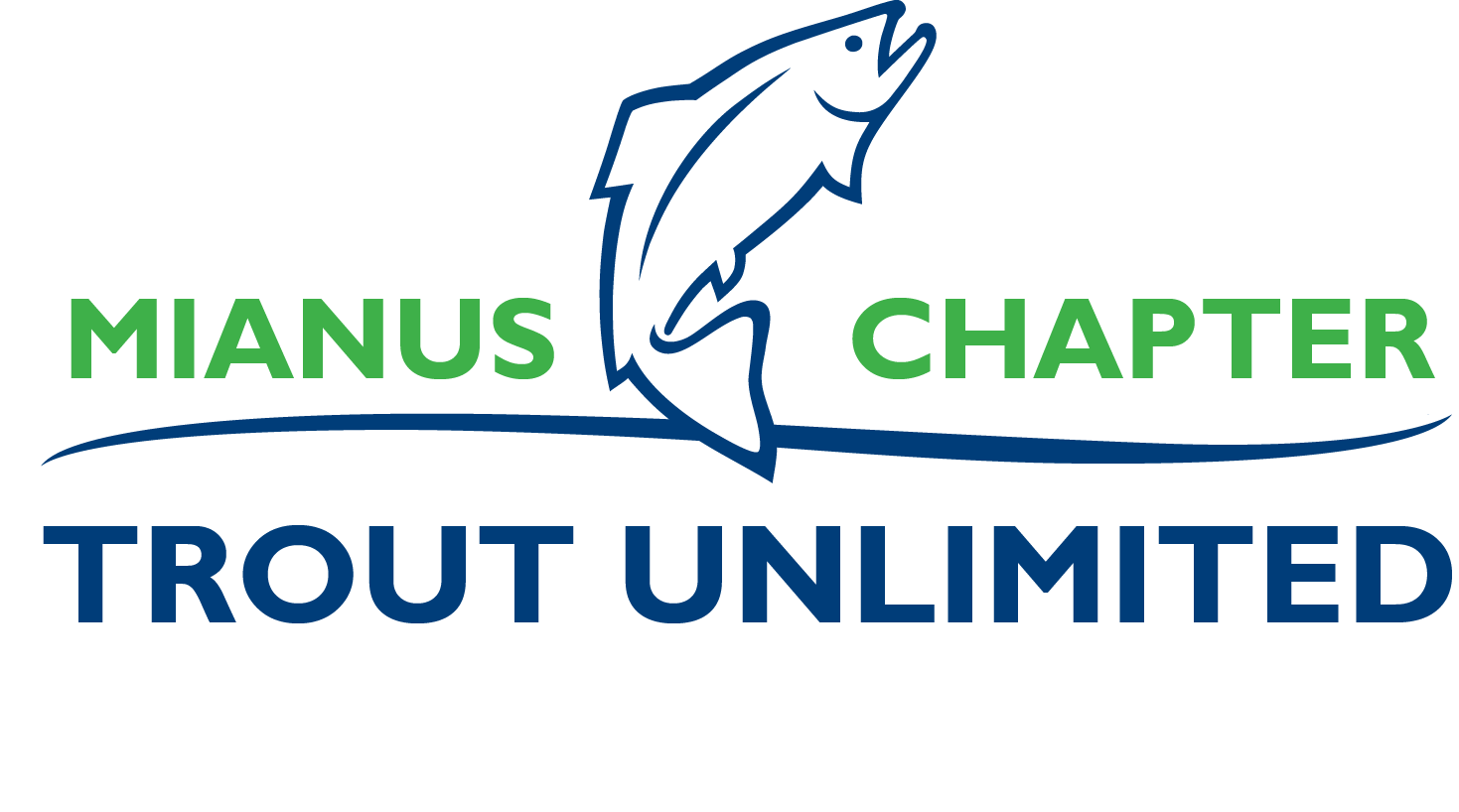Norwalk River
Tight conditions and difficult casts greet anglers on the Norwalk River
Catching a small, wild brown trout on the Norwalk River is a great treat
Stocked trout can be quite a bit bigger, though
About the River
The Norwalk River is a relatively small stream running from the Great Swamp in Ridgefield to the Long Island Sound in Norwalk. For the majority of its roughly 20-mile length, the Norwalk is publicly accessible, with only two short sections of private property currently posted No Trespassing.
The river is easy to get to as it parallels Route 7 for most of its length, with many easy parking areas. The best sections of the river runs from Wolfpit Road in Wilton north to Topstone Road near the Redding and Ridgefield town lines.
Despite the ease of access, the Norwalk is a challenging river for two main reasons. For much of its length, the river width is fairly narrow, ranging from 10 to 20 feet, and is well overgrown with trees, shrubs and other vegetation. This makes for ideal cover and protection for trout, but can be maddening for fly fishermen. Additionally, the river is heavily loaded with softball-size cobblestones, making wading a bit tricky.
Thanks to more than a decade of work by the Mianus Chapter and other conservation organizations and agencies, however, the Norwalk supports one of the best populations of wildly spawning brown trout in lower Fairfield County. The state also stocks the river with more than 5,000 adult trout each year, including some that range from 2 to 10 pounds.
What to use
Like the Mianus and other area streams, the Norwalk River has an abundance of insect life providing prolific hatches. In recent years, water quality degradation has caused the state to list the river as "impaired" and some insect hatches appear to be in decline, but fishing is still excellent in late April, May and June.
Unlike the Mianus, the Norwalk is not a Trout Management Area, meaning the season runs from the third Saturday in April through the end of February.
Because of its narrow size, the Norwalk is best fished with a short rod and light lines. A 7-foot 3- or 4-weight is best, and rods up to 8-foot, 6-inches can be used. A 9-foot 4- or 5-weight will likely mean more time untangling your fly from the trees than catching trout.
The Norwalk's best insect hatch comes in late May and early June when the sulphurs and light cahills swim to the surface and fly into the air to mate. The hatch starts late in the day, typically after 7 p.m., but at times the sky will be blotted out with masses of insects. Prior to flies beginning to show in the air, trout focus on emerging nymphs. An unweighted pheasant tail nymph, or similar mayfly emerger pattern works best.
As with most small streams in the area, there is an abundance of caddis fly larva in the Norwalk, so an elk hair caddis is a good choice, and bead-head caddis pupa are extremely effective.



